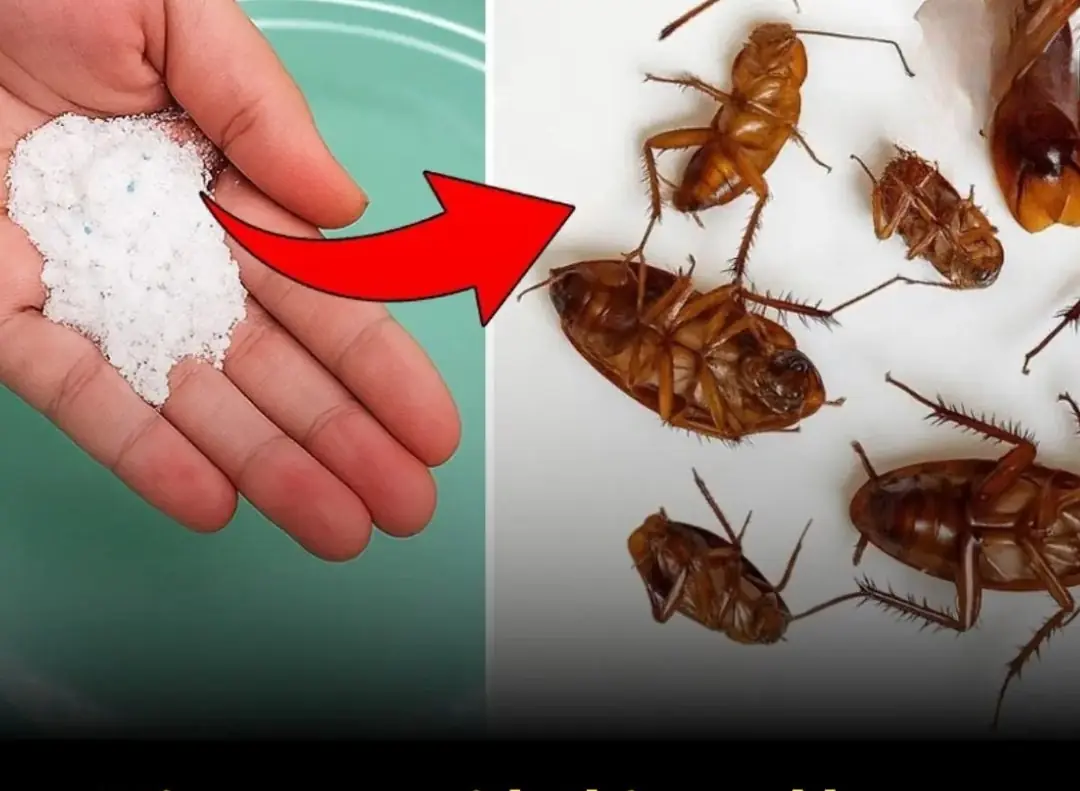
Warning: 5 fatal mistakes when using electric kettles: Number 4 is made by many people, doctors advise to fix it immediately

Using an electric kettle for cooking instant noodles, making tea, heating bath water, or preparing porridge can save a lot of time. However, there are five common mistakes that nearly everyone makes when using electric kettles. These habits not only shorten the lifespan of the appliance but can also pose fire hazards and health risks.
1. Pouring water carelessly
Inside most electric kettles, you'll find minimum ("min") and maximum ("max") water level indicators. These markings help ensure that the kettle is used safely.
-
If you pour less than the minimum, the heating element may not be covered, leading to overheating or even burning out the internal components.
-
If you pour more than the maximum, boiling water may overflow, which can cause burns and allow water to seep into the electrical base, increasing the risk of a short circuit or fire.
Always fill the kettle within the recommended range to protect both the device and yourself.
2. Turning on the kettle before adding water
Some people plug in the kettle first, then add water. This is a dangerous habit.
Electric kettles usually have high wattage (from 1000W to over 2000W). Once plugged in, they begin heating immediately. Without water, the heating plate can overheat within seconds, causing permanent damage or increasing the risk of a fire.
Always make sure the kettle contains water before plugging it in.
3. Neglecting to clean the base
While many people clean the inside and exterior of the kettle, they often forget about the electric base, which is a critical component.
If water spills and is not wiped up in time, it can lead to moisture buildup, dust accumulation, and even rust inside the electrical parts. This can cause the kettle to function poorly or become a fire hazard. Dust inside vents or power contacts can also lead to weak or unsafe electrical connections.
Make it a habit to regularly wipe the base dry with a soft cloth to keep it clean and dry.
4. Not removing limescale buildup
After some time, the bottom of the kettle may develop a white or yellowish residue — this is limescale, mainly from calcium and magnesium in tap water. If not cleaned, it can:
-
Increase the time needed to boil water
-
Create an unpleasant smell or taste
-
Pose potential health risks if residue mixes with the water
To clean the kettle, add about one small bowl of water with 2–3 tablespoons of white vinegar or a few slices of lemon. Boil the mixture, let it sit for about 30 minutes, then rinse thoroughly. Do this 1–2 times a month, especially if you're using hard tap water.
5. Buying cheap kettles without checking the inner material
Many people focus on price when buying a kettle and overlook the inner material. Most kettles use stainless steel linings, but not all types are safe.
Low-grade stainless steel may release harmful substances when heated. The safest options are 304 or 316 stainless steel, both of which are food-grade materials known for their durability and resistance to leaching.
Choose kettles from reputable brands that clearly state the material used on the packaging. Spending a bit more for better quality helps ensure your safety and extends the appliance’s lifespan.
News in the same category


Your phone’s volume buttons can do more than you think - Here are 6 hidden tricks
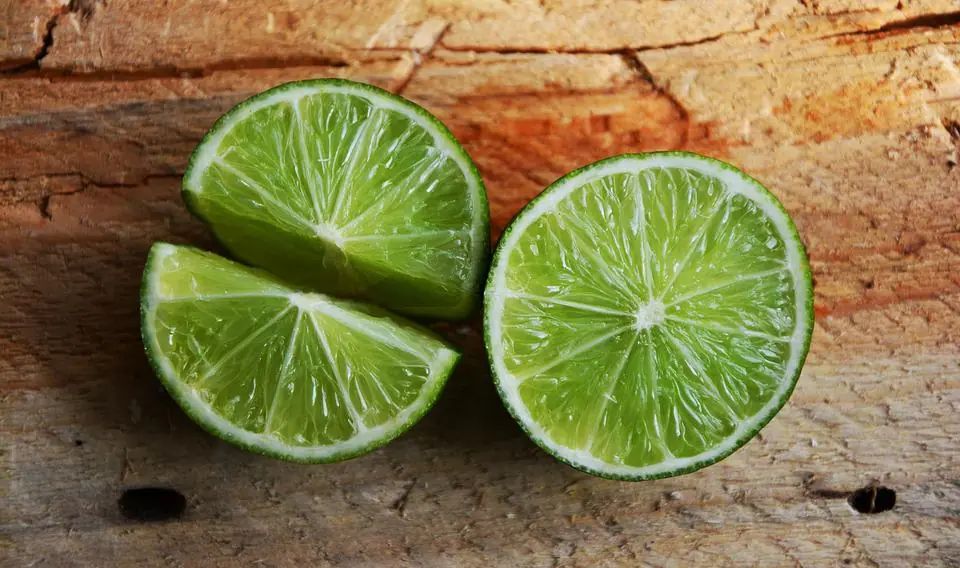
Don’t throw away lemon peels - Turn them into a powerful, natural cleaning solution for your home

If your partner leaves a clothespin on your shower head, make sure you know what it means
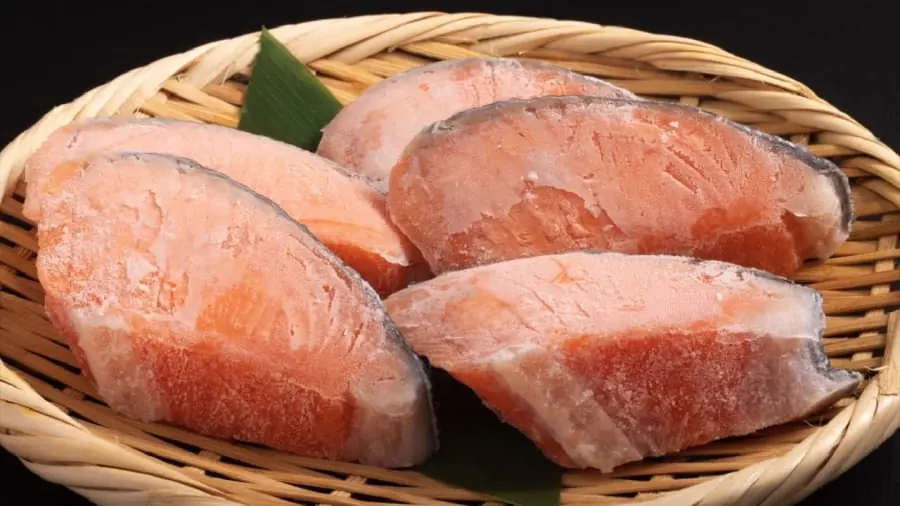
Tips for Freezing Fish So It Stays Fresh, Firm, and Flavorful for Up to a Month
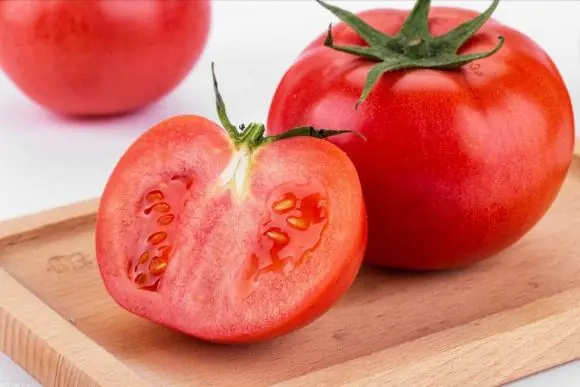
Don’t throw them away yet: Surprising ways to reuse tomatoes you think are useless
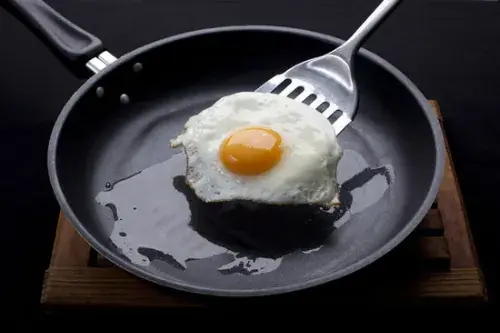
Restore a non-stick pan with milk instead of throwing it away

Two types of pork that look very fresh and delicious but should absolutely not be bought — sellers rarely reveal this
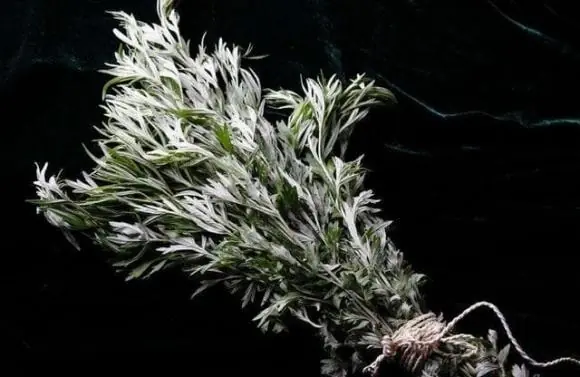
Hang these leaves at your door and watch flies and mosquitoes disappear

Identifying Venomous vs. Non-Venomous Snakes
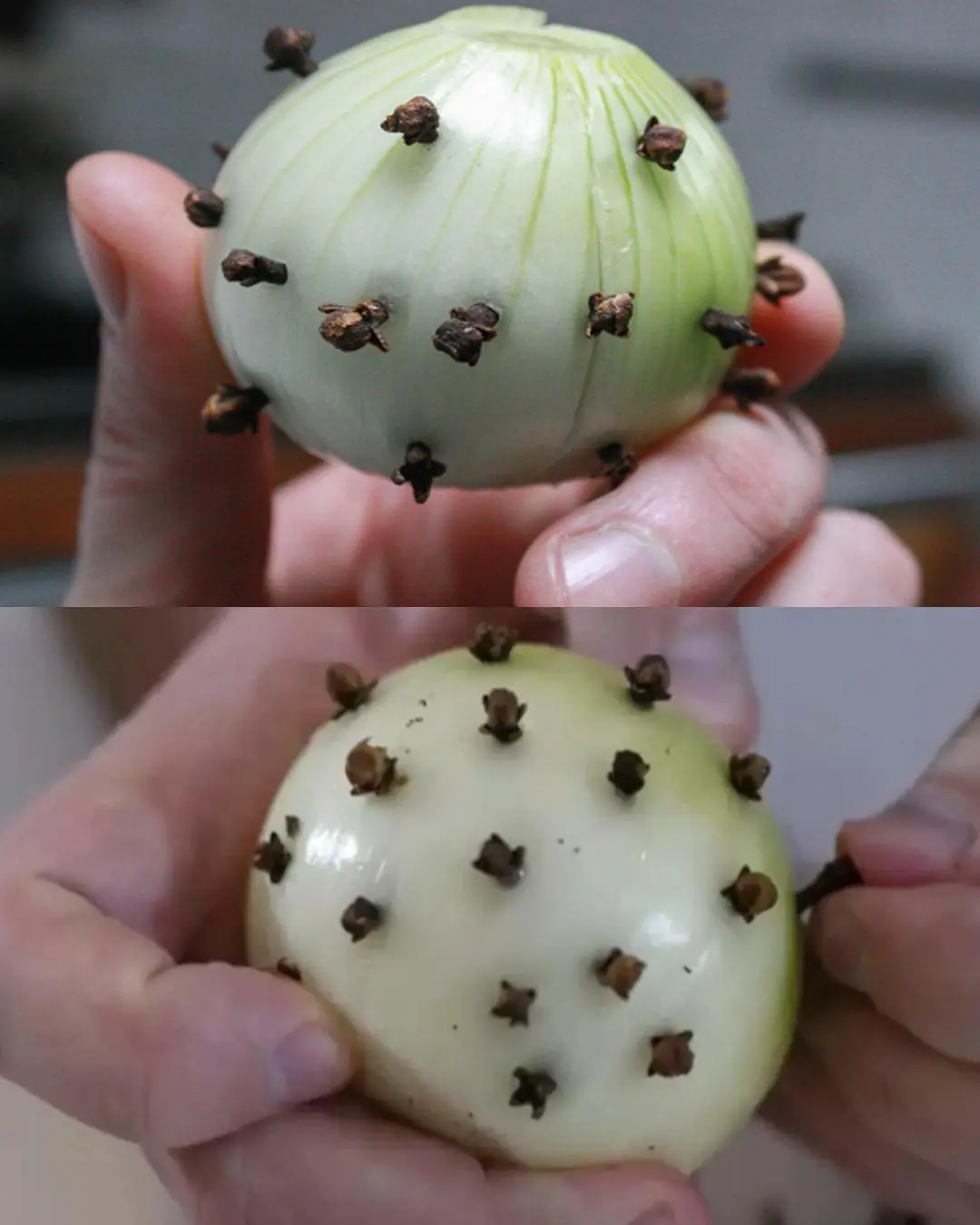
The surprising trick of sticking cloves into an onion

A Step Many Think Makes Chicken “Clean” Actually Does the Opposite: Experts Everywhere Say Stop Immediately
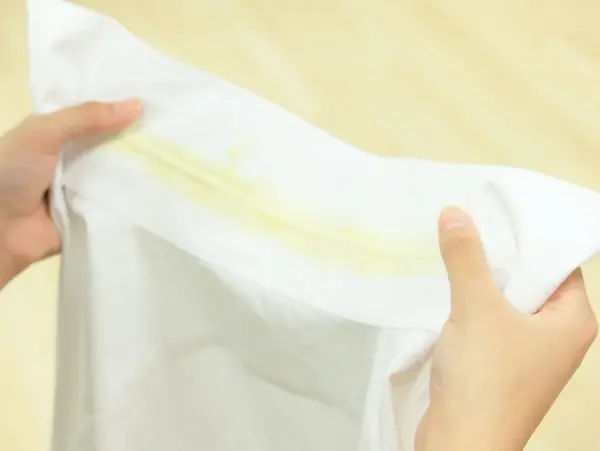
4 simple and effective tips to clean yellow sweat stains on white shirts at home that anyone can do it

Why many people place their suitcase in the bathtub right after checking into a hotel room
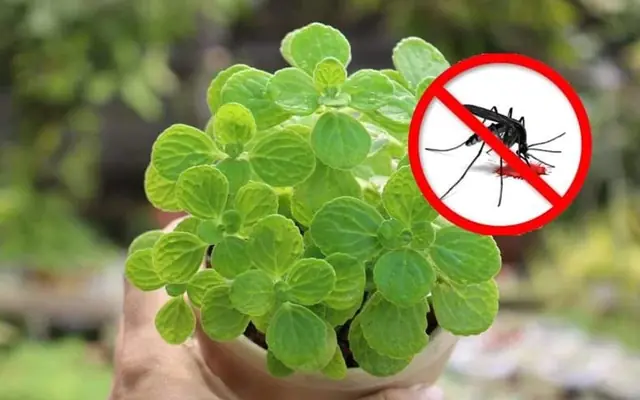
7 Beautiful, Fragrant Plants That Naturally Repel Mosquitoes
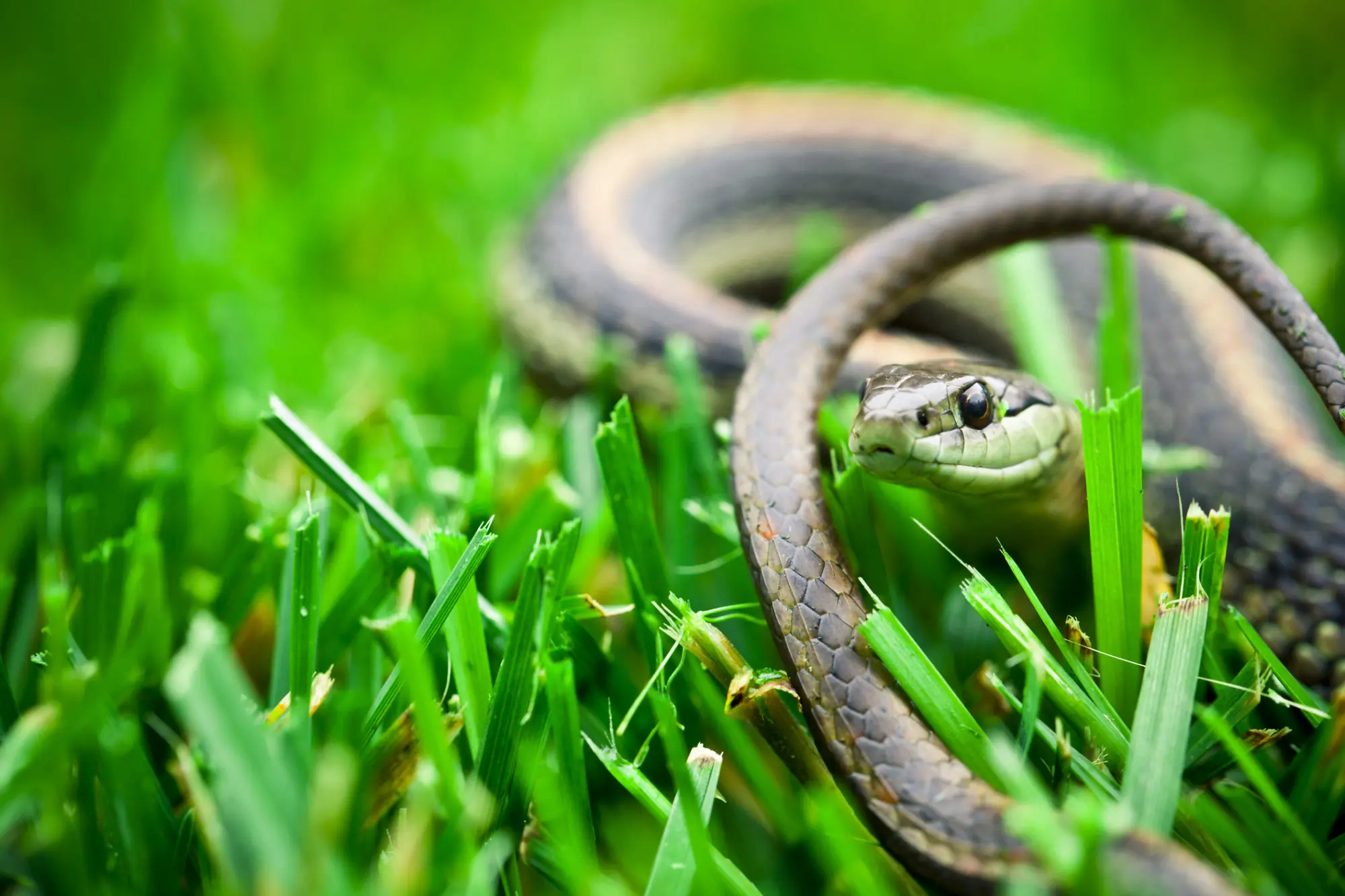
Plants That May Attract Snakes to Your Home: What You Should Know
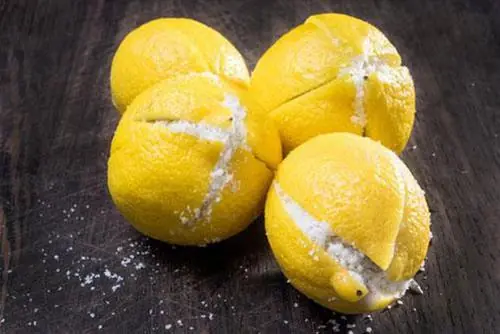
Little-known benefits of placing lemon with salt in the room
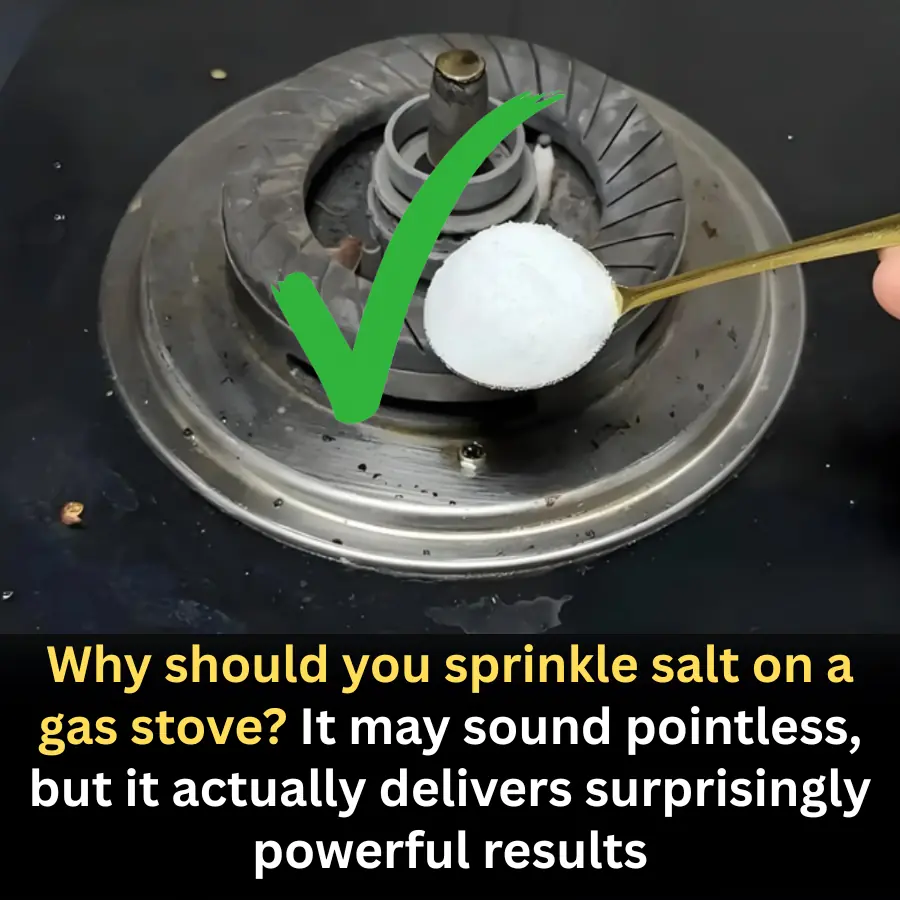
Why Sprinkling Salt on a Gas Stove Is a Smart Household Trick
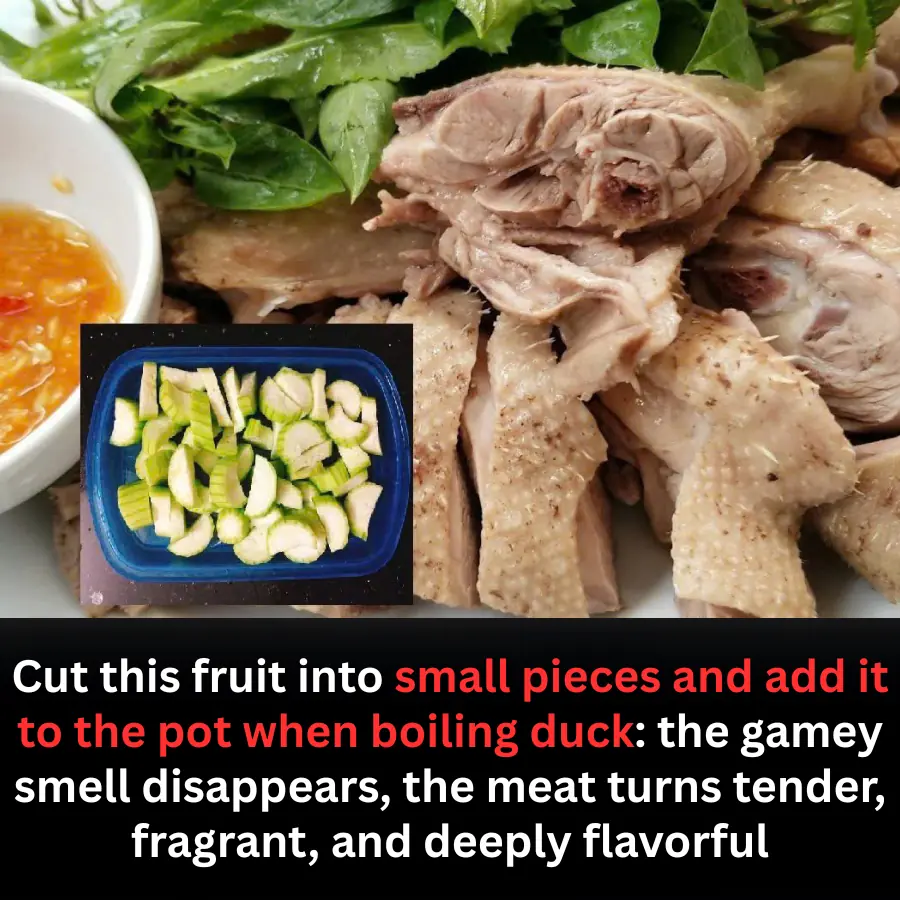
A Simple Kitchen Trick: Add This Fruit When Boiling Duck to Remove Odor and Boost Flavor

Never store your cooked rice without knowing this
News Post

Night Leg Cramps? The Real Reason Might Surprise You

Advanced-Stage Can.cer May Show 4 Unusual Warning Signs — Seek Medical Care as Early as Possible

Is Dry, Itchy Skin in Winter Caused by Improper Bathing?
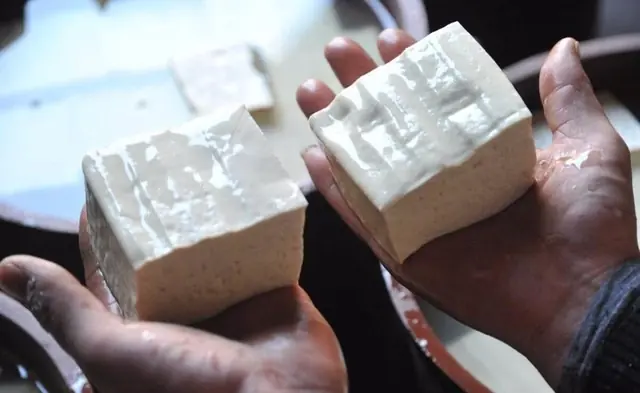
4 Signs Tofu Has “Something Wrong” — No Matter How Cheap, Don’t Buy It

10 Kid.ney Warning Signs Many People Miss Until It’s Too Late

A Surprising Drink Linked to Lower Cancer Risk — Not Tea, Not Coffee

Why Placing Ginger by Your Bedside Can Benefit Your Health
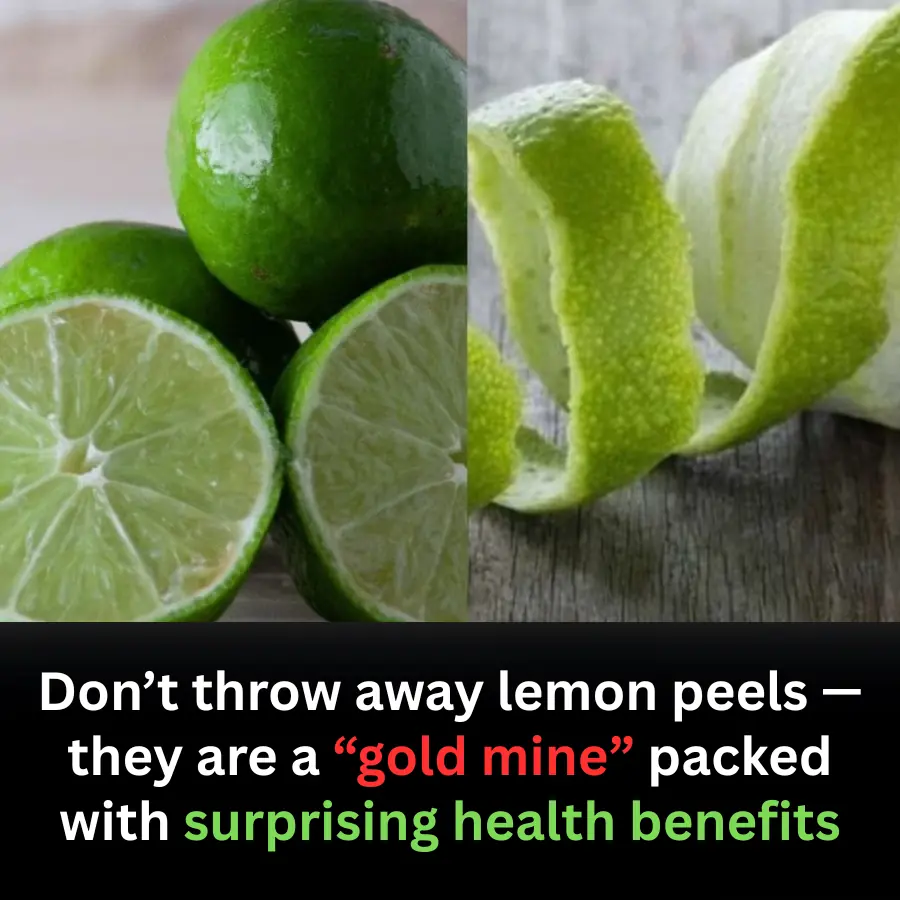
Don’t Toss Lemon Peels: A Hidden “Gold Mine” of Health Benefits

People With HIV Explain The First Symptoms They Noticed As Experts Warn Of 3.3 Million New Cases

One dangerous can.cer warning sign is often mistaken for dandruff — please don’t ignore it any longer

Health Warning: 5 Leftover Foods That Could Turn D.e.a.dly Overnight

Vegetables Commonly Found on the “Highest Can.cer Risk” List That Many People Still Eat Daily
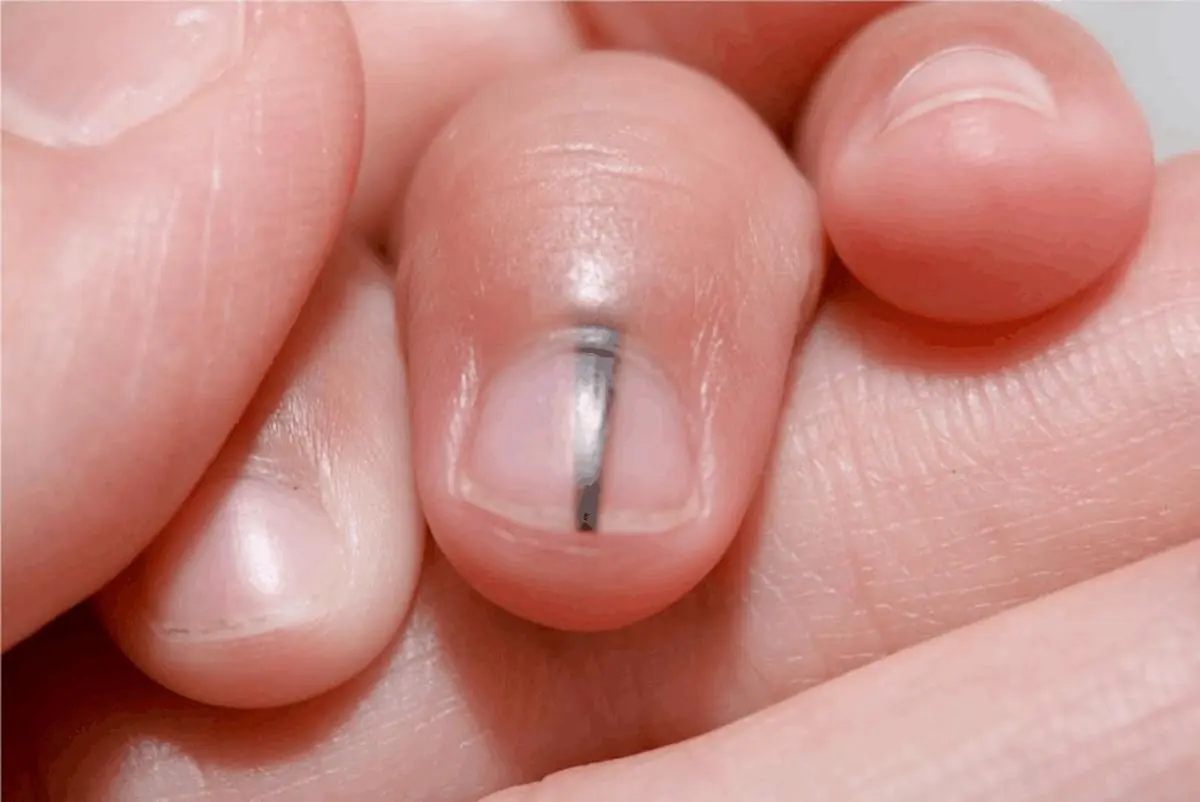
These 5 "dark spots" on your body may be warning signs of c.anc.er, signals most people ignore

Can Lemon Seeds Really Save a Snakebite Victim in One Minute? Doctors Warn Against a Dangerous Myth

12 Warning Signs Your Blo:od Sugar Might Be Too Low

28-Year-Old Groom Dies from Acute Liver Failure: Doctors Warn About a Dangerous Eating Habit Involving Chicken
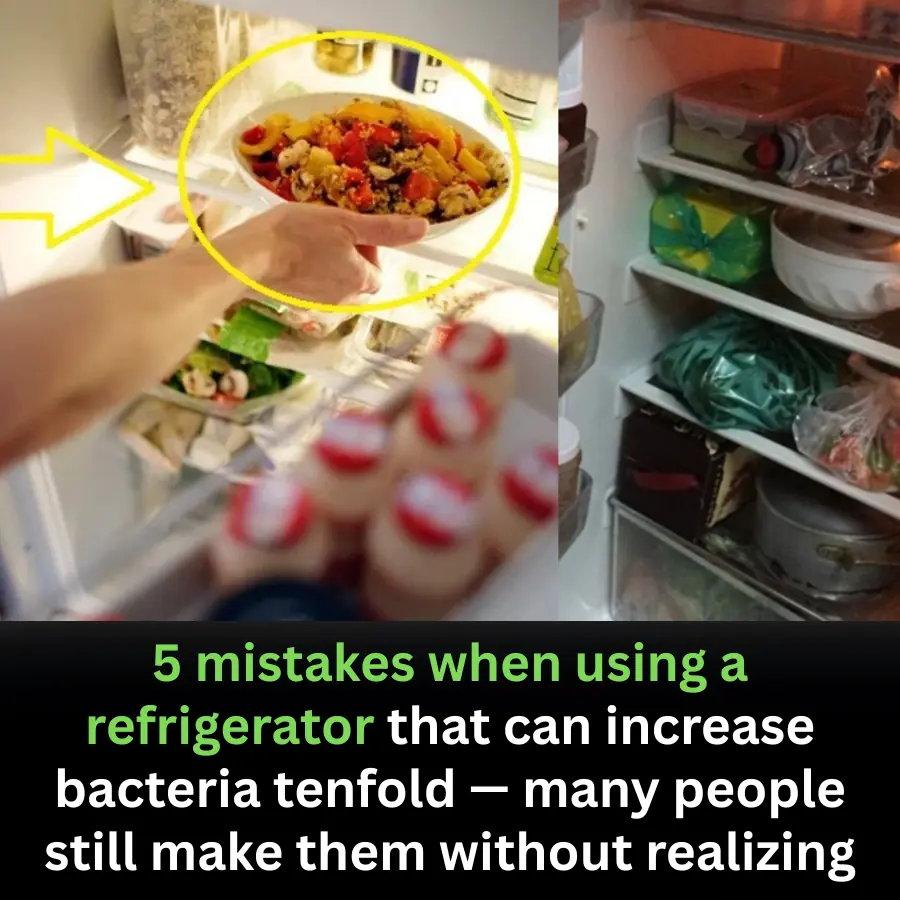
5 Common Refrigerator Mistakes That Can Multiply Bacteria by 10 Times

7 Early Signs of Nasopharyngeal Can.cer You Should Never Ignore
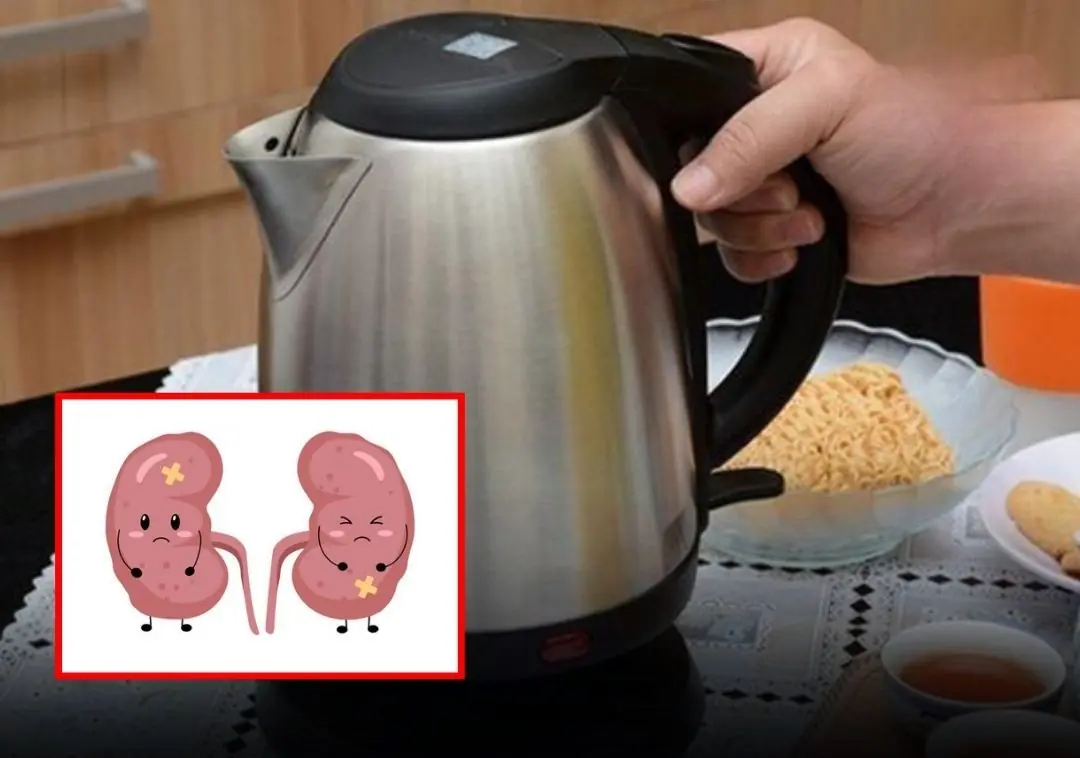
A Common Mistake Countless Families Don’t Even Know They’re Making
